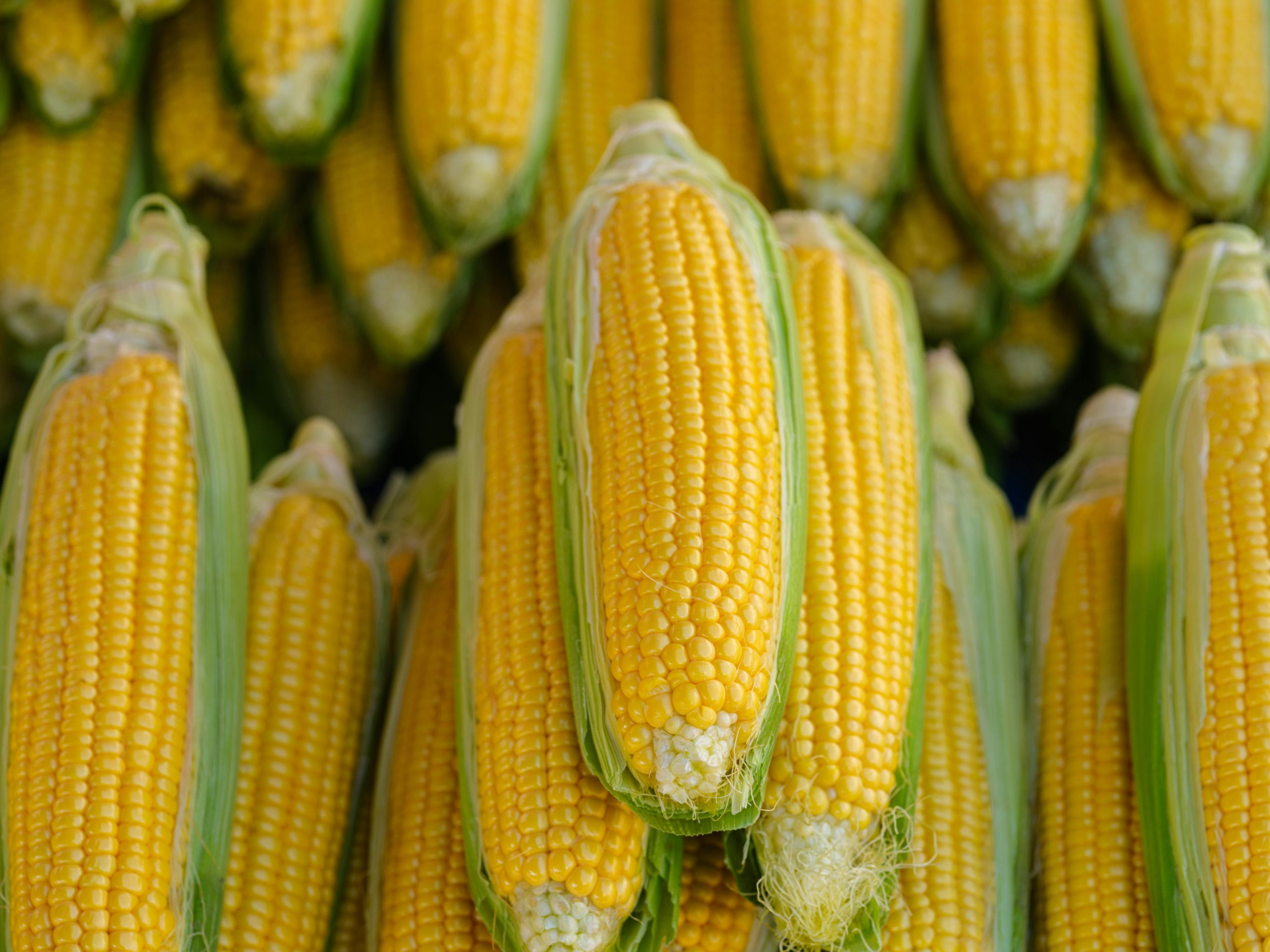Seasonal Eating Aligns Diet with Natural Food Cycles
The food we eat plays a crucial role in maintaining our overall health. But have you ever thought about how the seasons may affect our diet? When we think about seasonal eating, we often associate it with following a trend or fad diet. However, seasonal eating is not about following the latest food fad, it is about aligning our diet with the natural food cycles. In this article, we will explore the concept of seasonal eating and how it can benefit our health and the environment.
The concept of seasonal eating
Seasonal eating is a way of consuming food based on what is available during a particular time of the year. Before modern transportation and storage techniques, people relied on the crops that were grown in their local area to feed themselves. This resulted in a diet that naturally aligned with the seasons. However, with the rise of globalized food production, we can now access almost any type of food, regardless of the season or location.
The benefits of seasonal eating
Following a seasonal diet has numerous benefits, both for our health and the environment. Let’s take a closer look at some of the advantages of seasonal eating:
Nutritional benefits
Fruits and vegetables that are consumed during their natural season are often richer in nutrients and flavor. When produce is allowed to ripen naturally, it develops more nutrients and antioxidants compared to produce that is picked unripe and transported long distances. Additionally, incorporating a variety of seasonal produce into our diet can provide a wider range of nutrients, helping us to maintain a balanced and healthy diet.
Better for the environment
Choosing to eat seasonally can also have a positive impact on the environment. When we rely on imported food that is out of season, it often needs to be transported long distances, contributing to carbon emissions. By choosing local, seasonal produce, we can reduce our carbon footprint and support local farmers and businesses.
Cost-effective
Buying produce in season can also be more cost-effective. When fruits and vegetables are abundant, they tend to be cheaper as there is a larger supply. On the other hand, when produce is out of season, it needs to be imported, stored, and transported, which can increase the cost.
How to incorporate seasonal eating into your diet
Now that we understand the benefits of seasonal eating, the next step is to incorporate it into our daily diet. Here are some tips to get started:
Shop at farmers’ markets
Farmers’ markets are a great place to find locally-grown produce. Not only can you get fresh, seasonal produce, but you also support the local economy. Plus, you can often get to know the farmers and learn more about where your food comes from.
Join a community-supported agriculture (CSA) program
A CSA program allows you to directly support a local farm by purchasing a share of their produce for a set period of time. This gives you access to fresh, seasonal produce while also supporting sustainable farming practices.
Get creative with seasonal recipes
Research recipes that use seasonal ingredients and experiment with new dishes. This can help you to incorporate a wider variety of produce into your diet and keep things interesting.
Conclusion
Eating seasonally may seem daunting at first, especially if you are used to buying whatever produce is available at your local grocery store. However, it doesn’t have to be complicated. Incorporating more seasonal produce into your diet can have numerous benefits for your health, your wallet, and the environment. So next time you go grocery shopping, why not try to make some seasonal swaps and see how your diet aligns with the natural food cycles?










